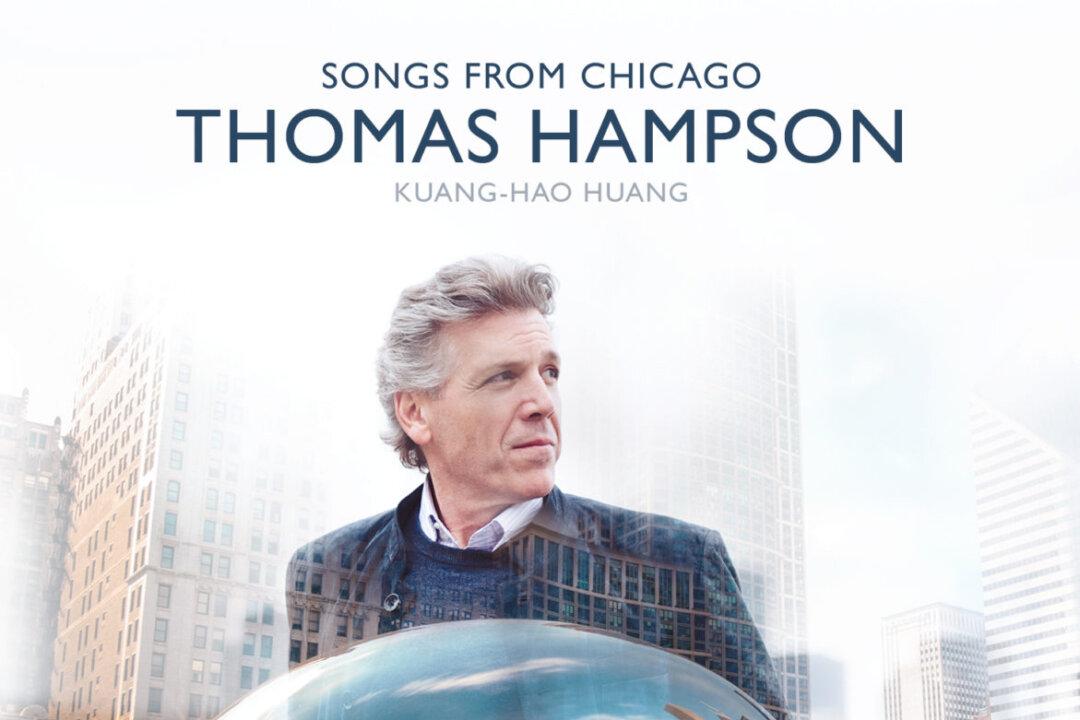NEW YORK—The Metropolitan Opera opened its fall season with a new production of Richard Wagner’s “Tristan und Isolde.” With about four hours of music, the work presents an immense challenge for its lead characters and the orchestra. On this occasion, they came through with distinction, but director Mariusz Trelinski seems intent on draining out the color of the opera.
The action begins with Irish princess Isolde and her companion Brangäne imprisoned on a military ship headed for Cornwall in southwestern England. Tristan had killed Isolde’s fiancé in battle, and he is now bringing her to wed his foster father, King Marke.
Swedish soprano Nina Stemme is the pre-eminent Isolde of our time.






